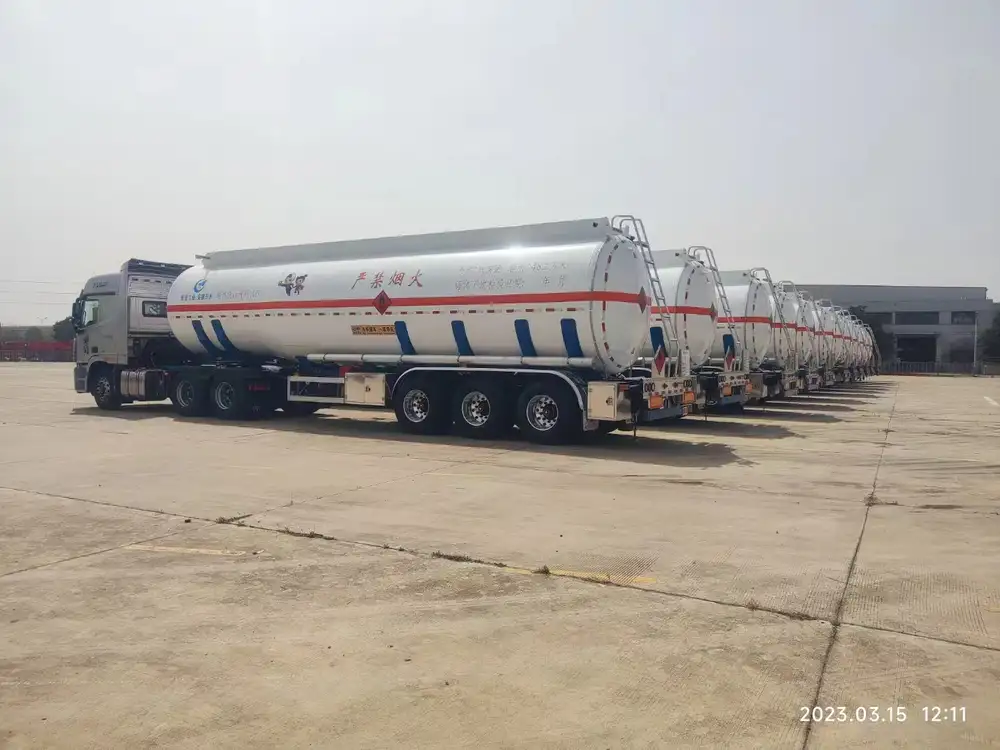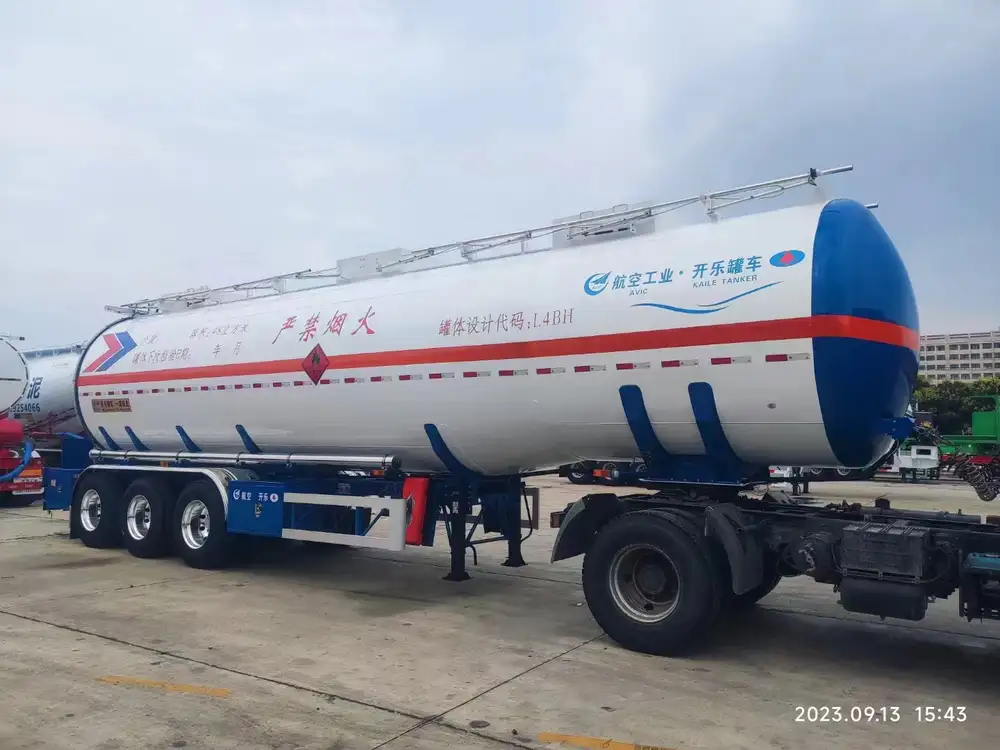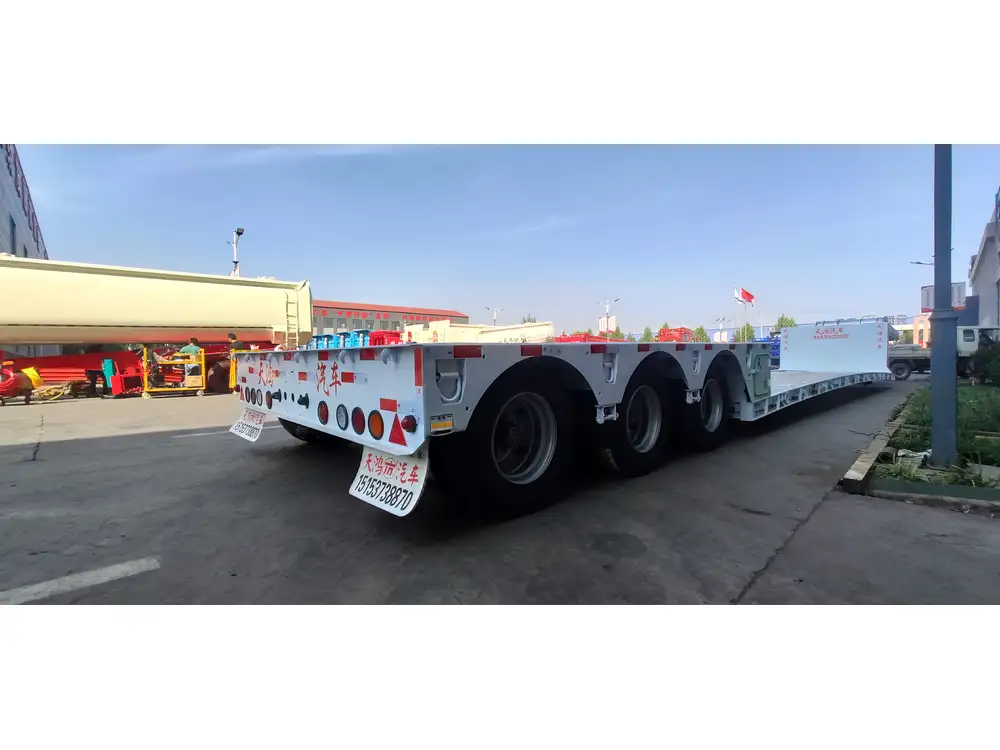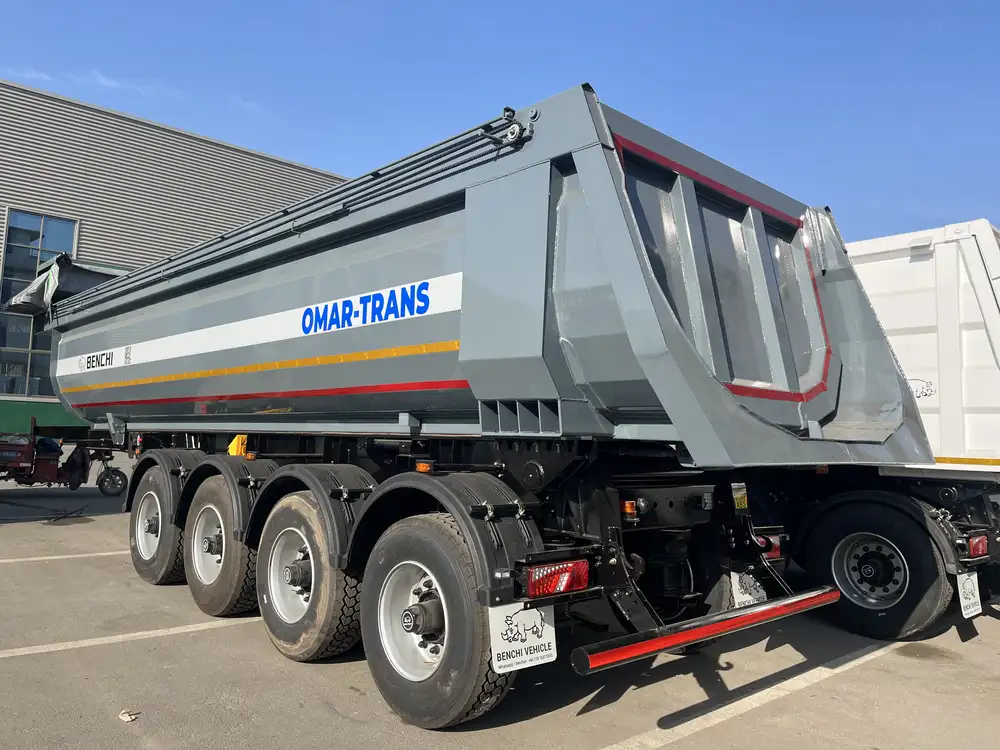Winter poses unique challenges for all transportation sectors, particularly in the trucking industry. When it comes to flatbed trailers, the accumulation of ice can lead to numerous operational headaches, safety risks, and financial losses. This comprehensive guide aims to provide you with detailed insights and effective strategies on how to deice a flatbed trailer efficiently, ensuring that your operations remain smooth even in the harshest conditions.
Understanding the Necessity of Deicing Flatbed Trailers
Flatbed trailers are notoriously susceptible to ice accumulation due to their open design. Unlike enclosed trailers, where the cargo is shielded from the elements, flatbeds are exposed and thus require careful maintenance and timely deicing. The implications of neglecting this task are considerable:
| Impact of Ice Accumulation | Details |
|---|---|
| Safety Hazards | Ice can obstruct views, cause slips during loading/unloading, and increase the likelihood of accidents. |
| Operational Delays | Deilling with icy trailers can lead to delays, impacting delivery schedules and overall efficiency. |
| Cargo Damage | Improperly secured cargo can shift due to ice, leading to potential damage or loss during transit. |
| Increased Maintenance Costs | Ice can damage trailers over time, necessitating expensive repairs. |
Recognizing these factors, it is crucial to establish a robust deicing protocol.
Preparing for Deicing: What You Need
Before embarking on the deicing process, gather the right tools and materials. A well-prepared approach can save both time and effort.

Essential Tools and Materials
| Tools | Purpose |
|---|---|
| Ice Scraper | Manually removes ice and frost from the trailer surface. |
| Heat Gun | Provides targeted heat to help loosen ice without physical scraping. |
| Deicing Chemicals | Quickly melts ice without damaging the trailer’s surface. Look for eco-friendly options if possible. |
| Shovel | Useful for clearing snow around the trailer to give easy access. |
| Protective Gear | Gloves, goggles, and winter clothing protect you from cold exposure and falling ice debris. |
Safety Precautions
- Always Work in Pairs: Having another person on-site ensures safety in case of accidents.
- Park Safely: Make sure the trailer is parked in a safe, stable position away from high traffic areas.
- Assess Ice Thickness: Gauge the density of the ice before applying techniques to avoid damaging the surface of the trailer.
Step-by-Step Deicing Process

1. Clear the Surrounding Area
Before you start deicing the trailer, make sure to clear the area around it. Use a shovel to remove snow and debris that can obstruct your work or cause safety hazards. A well-maintained work area allows for more efficient deicing and quick access to all trailer components.
2. Use an Ice Scraper
Begin the deicing process by using an ice scraper. Apply firm pressure and work systematically across the flatbed surface, beginning at the perimeter and working towards the center. This technique can remove the bulk of ice without damaging the trailer.
- Tip: Use a sharp scraper to make the task easier. Dull scrapers can be ineffective and may lead to unwanted scratches on the trailer surface.
3. Apply a Heat Gun (if feasible)
For stubborn ice that resists scraping, a heat gun can provide a quick solution. Keep the gun moving to prevent overheating any specific area.
| Heat Gun Tips | Description |
|---|---|
| Distance Matters | Hold the gun about 6-8 inches from the surface to avoid burns. |
| Monitor Temperature | Aim for a moderate setting; excess heat can warp the trailer material. |
| Be Wary of Paint | If your trailer has a painted surface, take extra caution, as excessive heat can lead to peeling. |

4. Apply Deicing Chemicals
Once the ice is loosened, apply your chosen deicing chemicals. Eco-friendly options containing magnesium chloride or calcium magnesium acetate can significantly expedite the melting process.
- Application Method: Use a spray bottle for even coverage, ensuring all affected areas are treated.
- Read Manufacturer Guidelines: Every product is unique, so adhere to the specific instructions for optimal results.
5. Prevent Future Ice Formation
After successfully deicing your trailer, implement preventive measures to tackle future ice issues.
Recommendations for Ice Prevention:
| Method | Description |
|---|---|
| Install Antifreeze Coatings | Applying specialized coatings can reduce ice adhesion to the surface. |
| Routine Inspections | Regular checks help identify and address potential ice spots early. |
| Store Indoors | When possible, store flatbed trailers in a climate-controlled environment during winter. |
| Use Tarps | Covering the trailer with tarps can help shield against moisture accumulation that leads to ice formation. |

Common Mistakes to Avoid While Deicing
Mistakes during the deicing process can be detrimental. Here are common pitfalls to be aware of:
1. Ignoring Safety Equipment
Always prioritize safety gear. Skipping gloves or goggles can lead to injuries due to slips or exposure to cold.
2. Using Improper Tools
Avoid using metal objects other than scrapers to prevent scratches and permanent damage to the trailer. Stick to designated tools for the job.

3. Rushing the Process
A hasty approach can miss areas needing close attention or lead to poor ice removal, ultimately compounding future issues.
Conclusion: Ensuring Optimal Trailer Operations
In conclusion, deicing a flatbed trailer is essential for maintaining transport efficiency and safety. By following the illustrated steps in this guide, you can ensure your flatbed trailer remains functional during icy conditions. Implementing preventative measures can help make your deicing efforts less frequent and more effective.
Adopting these methods not only minimizes downtime but also enhances the safety of your operations. Remember, winter weather presents an opportunity to refine your processes, underscoring the importance of attention to detail, proper preparation, and a proactive approach to equipment maintenance.
Key Takeaways
| Summary Points |
|---|
| Preparedness is Key: Gather the right tools and plan your deicing procedure thoroughly. |
| Structured Approach: Utilize an organized, step-by-step method to ensure effective and safe deicing. |
| Practice Prevention: Employ preventive measures to minimize future ice build-up. |
Stay proactive, keep your equipment in optimal condition, and ensure that your flatbed trailers are ready to tackle the rigors of winter trucking.



